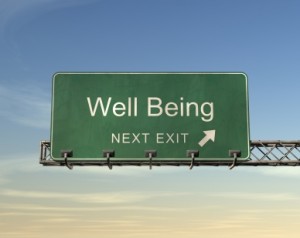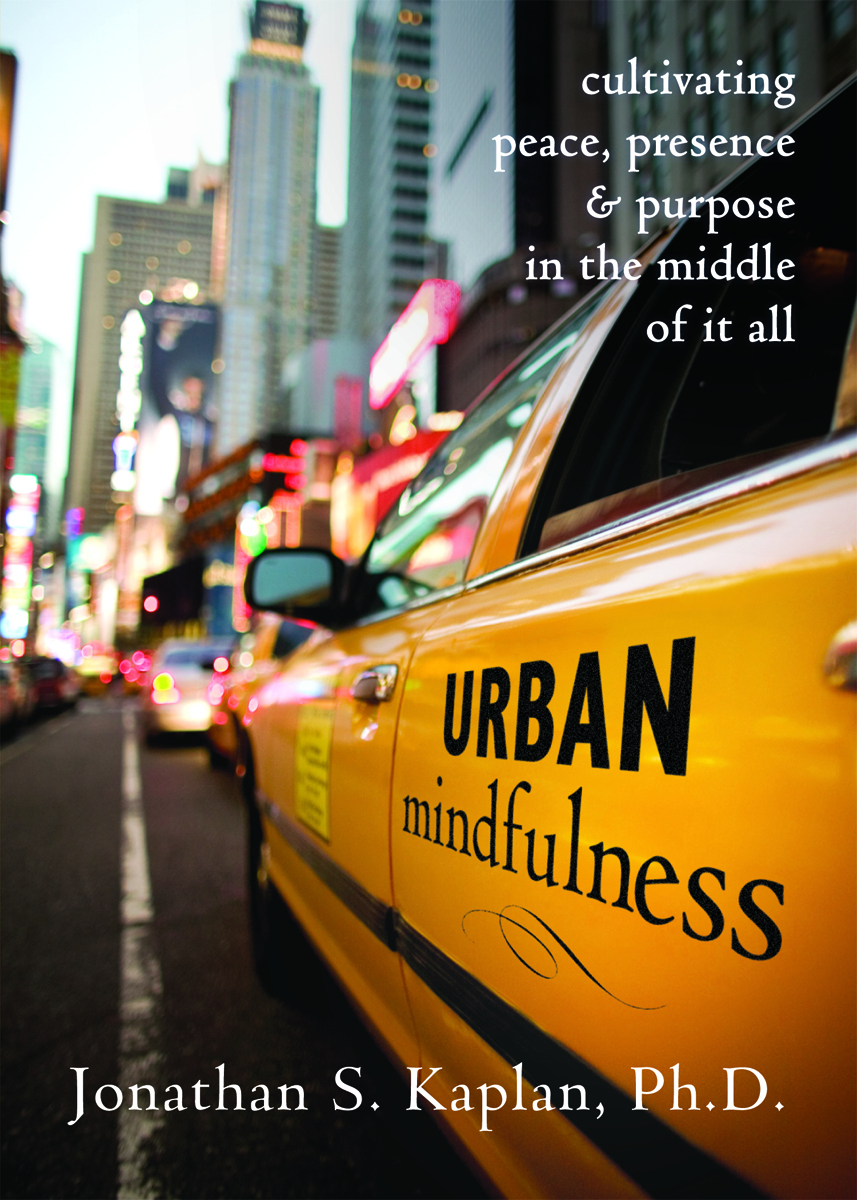Tuesday
Dec142010
The Art of Non-Doing
 Tuesday, December 14, 2010 at 02:20PM
Tuesday, December 14, 2010 at 02:20PM  By Melissa Kirk, Guest Blogger from the West Coast
By Melissa Kirk, Guest Blogger from the West CoastIn yoga class last week, the instructor talked a lot about “non-doing.” She encouraged us to do the poses, exerting only as much effort as was needed, and no more. Did you know sometimes we try to hold poses with our face? It’s true! If you do yoga, pay attention to how you tighten your jaw and mouth, and even the muscles around your eyes, when in a difficult pose. If you don’t do yoga, pay attention to your facial muscles anyway and notice when you tense them. We don’t normally notice these little tensions, but they’re there. In class, I practiced doing the poses but relaxing all the muscles I didn’t actually need in the poses. I started with my facial muscles, then muscles in the limbs that didn’t need to be in exertion right then. Then the neck, the forehead, the back, even the fingers. When I did this, the poses seemed more effortless, I was calmer and my breathing was slower, and I almost felt like parts of my body were floating, while other parts were rooted to the floor.
The next day, I was driving to work when I noticed that my left leg and foot, the ones that don’t need to do anything while driving, were tense. I was hunched over in the seat and the area in between my shoulder blades was tense trying to hold me up, and I was even tense in my lips. Taking the yoga lesson to heart, I untensed all these muscles that didn’t need to be tensed in that moment. I relaxed my left leg and foot. I relaxed my lips and jaw, even my forehead. I sat up straighter and let my spine fall into its natural shape. As I drove, I kept effort in my right leg and foot, my hands on the wheel, and my eyes and neck as I looked around me to see what other drivers were doing. But the rest of me was relaxed and calm; ready to spring into action, but content to sit on the sidelines for the moment. I felt a sensation like the parts that were doing the action were flowing in a river of energy; their effort was, in a way, effortless.
The concept of “non-doing” is an important one, especially for us city-dwellers. We tend to be “doing” most of the time, and then when we’re “not doing”, we’re sacked out in front of the TV. But what if we practiced noticing the effort we’re making that we don’t need to be, even in the moments when we’re “doing”? I’m talking about more than just noticing ourselves multitasking, though. I’m talking about noticing physical, mental, and energetic effort. The next time you’re on the phone at work, can you notice what the rest of your body is doing, the parts that aren’t holding the phone or actively talking? You might find that you’re tapping your fingers, kicking your leg, playing with a piece of paper, or seated in a twisted position so that your body needs to put in extra effort to keep you upright. Part of you might be scanning e-mail, and your mind might be thinking about another project. You might feel vaguely anxious or worried. Meanwhile, part of you is talking on the phone, and, I imagine, sounding pretty coherent.
Try this: just notice, in your daily life, what parts of you are making necessary effort, and what parts are making unnecessary effort. Then see if you can relax the parts that don’ t need to be engaged in that moment. If you’re talking to a friend, can you notice the parts of you that are thinking of that fight you had with your partner, and about how you forgot to buy cat food? The foot you’re tapping on the floor, and the way you’re playing with your fingers? And then can you gently, compassionately, let those go and come back to being with your friend?
At work, as you’re doing one task, can you recognize the part of you that’s mad at your coworker who was rude to you last week, or worried about the upcoming performance reviews (or even happy that you got that raise or that your supervisor is pleased with your report)? And can you gently let that go and be where you are with whatever project you’re working on?
The thing I find so intriguing about this exercise is that it reminds us to pay attention to our whole experience, which gets us living in the moment, and makes us curious about ourselves, how we react – physically and mentally - in situations. It encourages us to be mindful of not only our mental processes, but also of our bodies.
When we’re only exerting as much effort as is needed and not holding tension in the rest of us, it gives us a chance to relax and be calm and steady even when life is swirling around us. In my yoga class, and driving, when I let go of the tension that was unnecessary, I felt in flow, relaxed yet alert, and gently but firmly in control. There was no part of me that was fighting the situation. Give it a try sometime!
======================
Melissa is a writer, editor, and blogger who blogs at http://honeybtemple2.blogspot.com/. She is an acquisitions editor at New Harbinger Publications, and lives in the San Francisco Bay Area.
tagged  attention,
attention,  driving,
driving,  multitasking,
multitasking,  nondoing,
nondoing,  tension,
tension,  yoga in
yoga in  Awareness,
Awareness,  Letting Go,
Letting Go,  Non-striving
Non-striving
 attention,
attention,  driving,
driving,  multitasking,
multitasking,  nondoing,
nondoing,  tension,
tension,  yoga in
yoga in  Awareness,
Awareness,  Letting Go,
Letting Go,  Non-striving
Non-striving 

